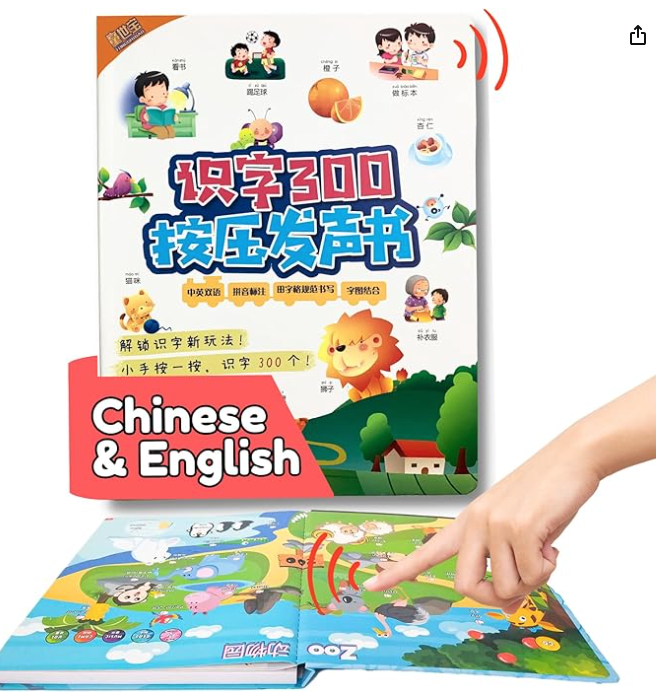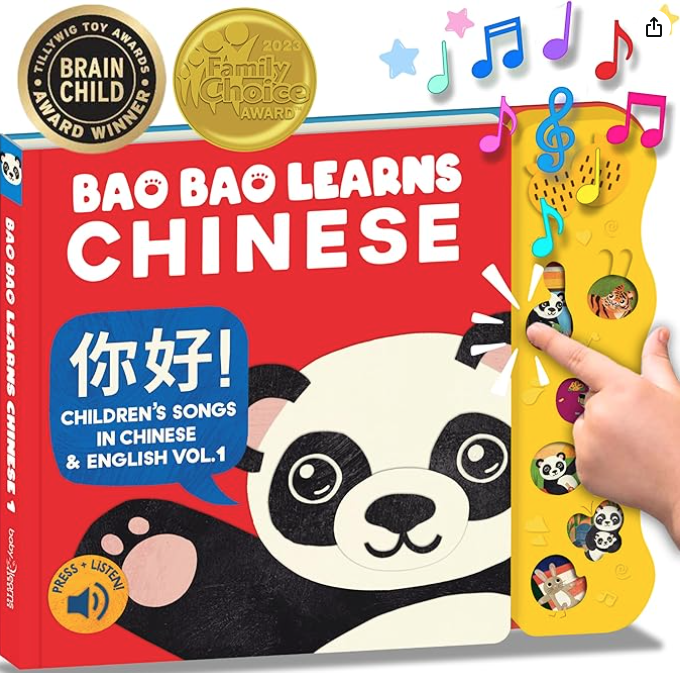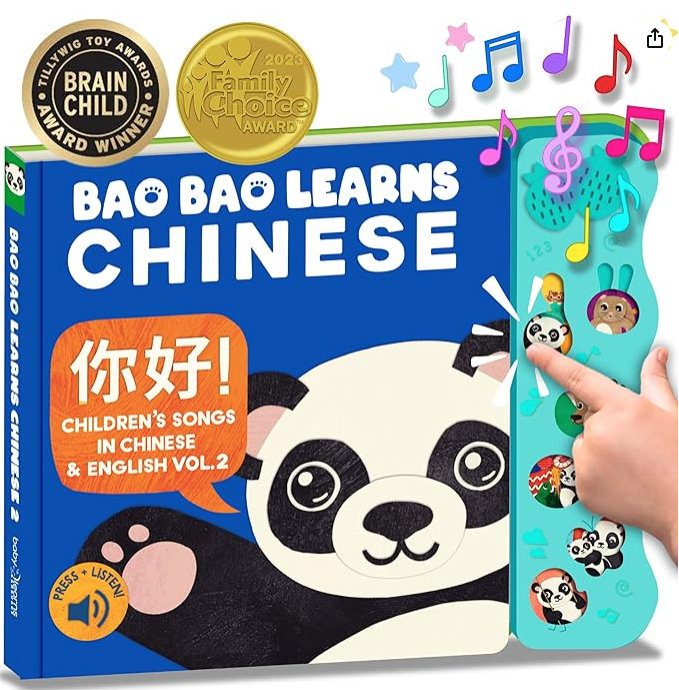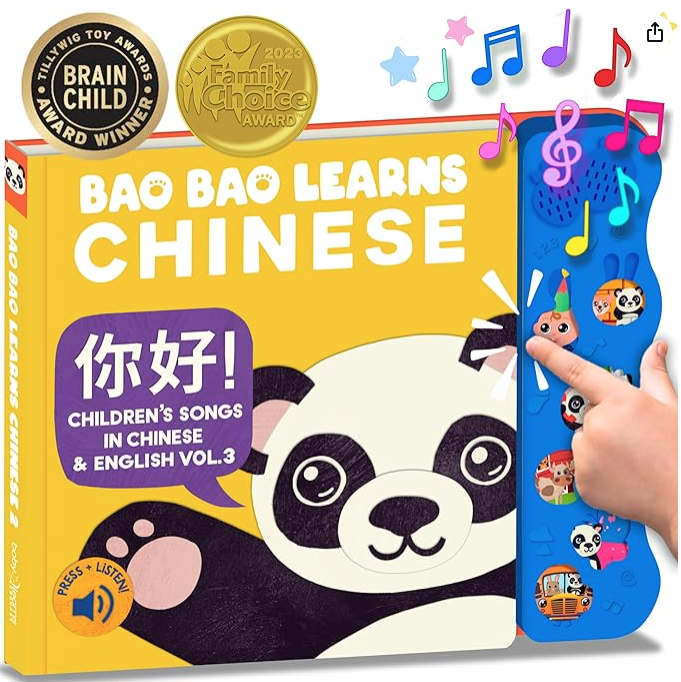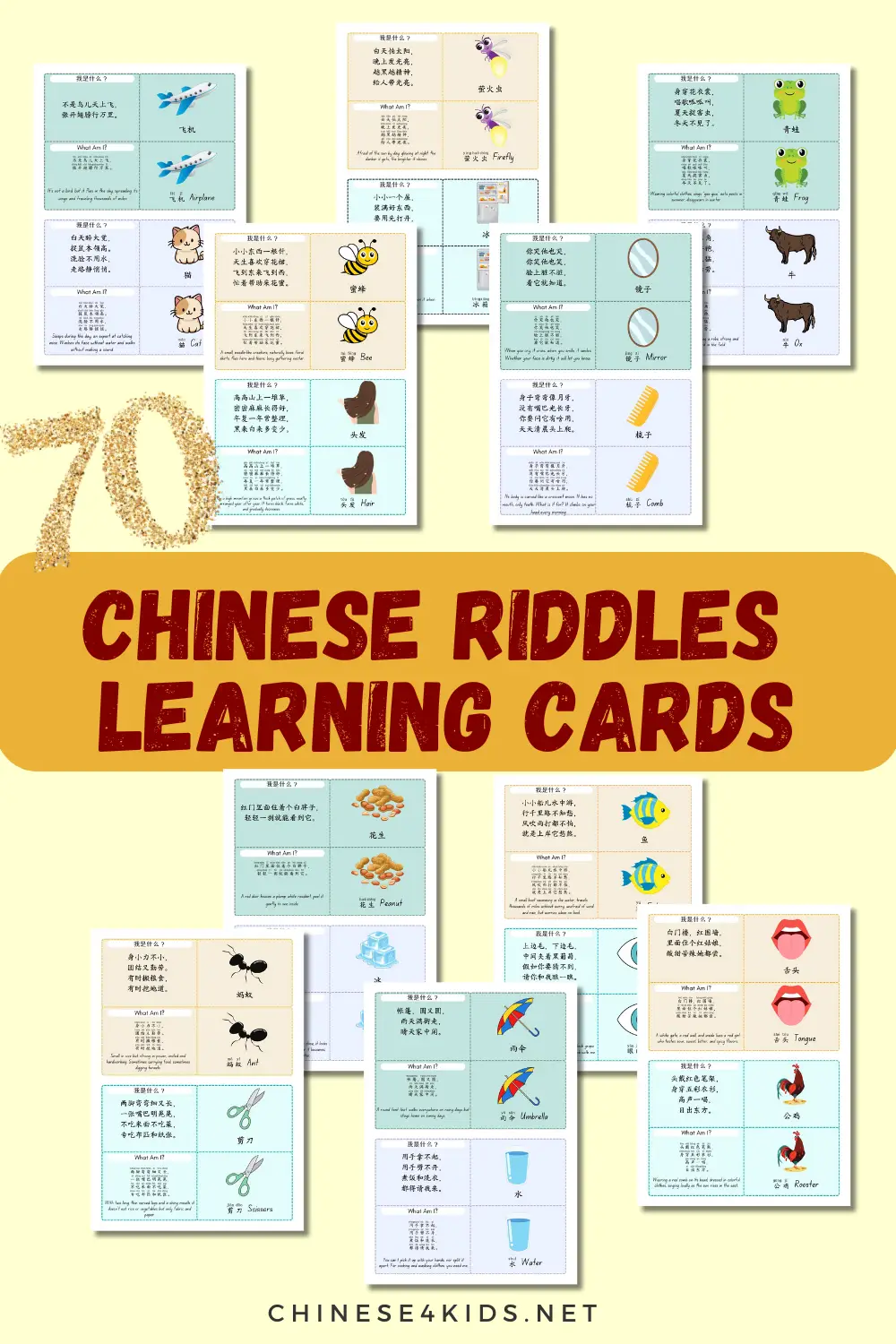
Home » Chinese Reading for Kids » The Power of Reading Aloud: How It Helps Kids Learn Mandarin Chinese
The Power of Reading Aloud: How It Helps Kids Learn Mandarin Chinese

Are you teaching Mandarin Chinese to your kids as a foreign language, or homeschooling them and integrating Chinese into your curriculum? If so, you’re probably always on the lookout for the most effective learning techniques to make Mandarin fun, engaging, and impactful for your kids. One of the best and simplest ways to achieve all that is reading aloud. This powerful practice can dramatically improve a child’s understanding of Mandarin, boost their confidence, and accelerate their fluency. And guess what? It’s not just for beginners—kids at any stage of Mandarin Chinese learning can benefit from reading aloud.
Here we’ll break down the many advantages of reading aloud, explore exciting strategies you can use to make it even more effective, and suggest fantastic Mandarin Chinese books that your child can use to practice and improve their reading skills.
Why Reading Aloud Works Wonders for Learning Mandarin
Perfecting Pronunciation and Tones
Mandarin Chinese is well-known for its tonal nature. With four main tones (and a neutral one), mastering these is essential for correct communication. A simple shift in tone can change the meaning of a word entirely, and this can be quite challenging for non-native speakers, especially young learners.
Reading aloud forces children to actively engage with these tones, practicing them repeatedly in a way that is natural and immersive. When children hear their own voices pronouncing Mandarin tones and words, they become more attuned to the tonal distinctions. Over time, their brains start to recognize and reproduce the correct tones more easily. This self-corrective process is particularly effective when combined with feedback from parents or teachers, which ensures they are on the right track.
Let’s take the word “ma,” which can mean “mother,” “hemp,” “horse,” or even indicate a question, depending on the tone used. Reading aloud allows kids to experiment with these tonal differences and understand the context in which each tone is used.
Building Confidence
Many children learning Mandarin as a second language often feel intimidated by speaking in front of others. This is particularly true when they’re still in the process of grasping the basics of pronunciation and grammar. Reading aloud provides them with a safe, structured way to practice speaking without the pressure of having to form original sentences on the spot.
By reading aloud regularly, they become familiar with the sounds of Mandarin, improving their fluency in a way that feels manageable. As their fluency improves, their confidence grows, not only in reading but also in speaking the language in real-world situations. Reading aloud prepares them for future conversations, where they’ll be more willing to engage because they feel confident in their ability to pronounce words correctly.
Tip: Start small. Let them read short sentences or paragraphs first. As they grow more comfortable, gradually introduce longer texts and more complex vocabulary.
Strengthening Vocabulary and Character Recognition
When children read aloud, they engage both their visual and auditory senses. They are not only seeing the Chinese characters but also hearing the corresponding words and sentences. This multisensory approach accelerates vocabulary retention and strengthens character recognition.
Reading aloud requires kids to process each character individually, which helps them distinguish between similar-looking characters that might be confusing. It’s also a great way to help kids learn new words in context, as they can link pronunciation with meaning more effectively.
Pro Tip for Parents and Teachers:
After reading, engage your child or student in a brief discussion about what they read. Ask them what new words they encountered and see if they can recall the characters without looking at the text again. This reinforces vocabulary acquisition and improves retention.
Sharpening Listening and Comprehension Skills
Listening and speaking go hand-in-hand when learning any language, and Mandarin is no exception. Reading aloud helps children develop their listening skills as they pay close attention to their own voices and the sounds they are producing. But there’s another layer—when children read aloud to a parent, teacher, or peer, they are also practicing their listening skills as they receive feedback on their pronunciation and tone.
This interaction helps them become more aware of common language patterns and structures in Mandarin, improving their comprehension of spoken Chinese. They’ll start to notice recurring sentence structures and grammatical rules, which helps with both understanding and language production.
Idea for Teachers:
Organize peer reading sessions where students take turns reading aloud while their classmates listen. Afterwards, hold a short discussion or quiz on the material to ensure everyone is following along.
Creating a Joyful and Engaging Learning Environment
Let’s face it—learning Mandarin can be tough, especially for young learners who might feel overwhelmed by the thousands of characters they need to memorize. But reading aloud can transform the learning experience into something enjoyable and interactive.
By choosing engaging stories and fun characters, you can make the process more playful and less daunting. When learning becomes enjoyable, kids are more likely to stay motivated and make faster progress. Whether you’re reading with your child at home or guiding a class of students, creating a joyful atmosphere around reading aloud can make all the difference.
Fun Tip for Homeschooling Parents:
After reading a story aloud, encourage your child to act out the story or create a drawing based on what they’ve read. This keeps the learning fun and taps into their creativity!
Creative and Fun Chinese Read-Aloud Strategies
Now that we know why reading aloud is so effective, let’s look at some practical ways you can make it even more fun and impactful for your child or students.
Read with Fingers
One of the easiest and most effective techniques is to encourage children to follow along with their fingers as they read each character. This keeps them focused on the text and helps them connect the visual character with its pronunciation.
It also strengthens their ability to distinguish between different characters, especially those that look similar but have different meanings and pronunciations.
Peer Reading
For teachers, this is an excellent strategy. Pair up students and have them take turns reading aloud to each other. Peer reading helps remove some of the pressure that comes with reading aloud in front of an adult and gives kids the opportunity to learn from each other.
Reading to an Adult
Whether you’re a teacher or a homeschooling parent, listening to your child read aloud gives you the chance to provide immediate feedback. You can gently correct pronunciation, help with tricky tones, and encourage fluency. This one-on-one reading time is invaluable for building a child’s confidence.
Tip for Parents:
Make reading to you a daily ritual! Sit with your child for 10-15 minutes a day and listen to them read aloud. Praise their efforts and gently correct mistakes. This creates a positive, encouraging environment.
Interactive Storytime
Take reading aloud a step further by turning it into an interactive storytelling session. Pause occasionally and ask your child what they think will happen next, or encourage them to summarize the last paragraph. This helps deepen their understanding and keeps them engaged.
Reading in Small Groups
For classroom settings, break students into small groups and assign each group a portion of the text to read aloud together. Group reading helps students feel less isolated in their learning journey, and hearing their peers pronounce words reinforces the learning process.
Reading Aloud Chinese Books for Kids
To help you get started with reading aloud, here are some excellent Mandarin Chinese reading books from [Chinese4kids.net](https://chinese4kids.net). These are perfect for children at different levels of Mandarin learning, from beginners to more advanced readers.
**“My First Chinese Reading” Series**
This is a fantastic choice for beginners and kids to start the practice of Chinese reading aloud. The simple sentences and repetitive vocabulary are designed to help young learners build confidence in reading. Plus, the texts are fun and relatable, making them a great starting point for any child.
There are 3 levels for young Chinese learners to start independent reading.
The different series of reading books feature books with increased literacy complexity in terms of vocabulary, repetition of words, words to sentences, sentence length, word counts. Each series have 36 books, ideal for young Chinese learners to practice reading aloud the books at one level and then progress to the next.
All the 108 books are also available in a bundle.
Chinese English Learning Sound Book for Kids
Chinese English Learning Sound Book for Kids
If you want to focus on character recognition, this is a great resource. It breaks down the most important Chinese characters and helps kids connect them with sounds and meanings. It’s perfect for kids who are learning to read and write in Mandarin.
**“Bao Bao Learns Chinese” Sound Book Series**
This series of board books feature some Chinese nursery rhymes with sound. They provide interactive ways for toddlers to learn and sing along with fun.
Reading aloud is a powerful tool for helping children learn Mandarin Chinese. It strengthens pronunciation, builds vocabulary, enhances listening skills, and boosts confidence—all while making the process fun and interactive. Whether you’re a Chinese language teacher or a homeschooling parent, incorporating regular reading aloud sessions into your routine will give your child or students a huge advantage.
So why wait? Pick up one of the recommended books above, start a daily reading ritual, and watch your child’s Mandarin skills blossom!
*This article contains affiliate links. If you purchase via the affiliate links, I’ll receive a small portion of commission.
If you like this article, share it

You May Also Be Interested:
- Chinese4kids Membership – a portal for busy Chinese teachers and parents
- Chinese learning flashcards Hive – a flashcards library that with regular additions of new quality Chinese learning flashcards
- Chinese learning worksheets collection – Also a part of Chinese4kids membership, this collection is for teachers and parents who want to have access to engaging worksheets and activity sheets created for kids learning Mandarin Chinese as an additional language
- Speak Chinese with Kids Course
- Chinese Vocabulary Made Easy Course
Recent Posts
Join Our Membership
Enroll to A Course
Buy An eBOOK
Our Posts



